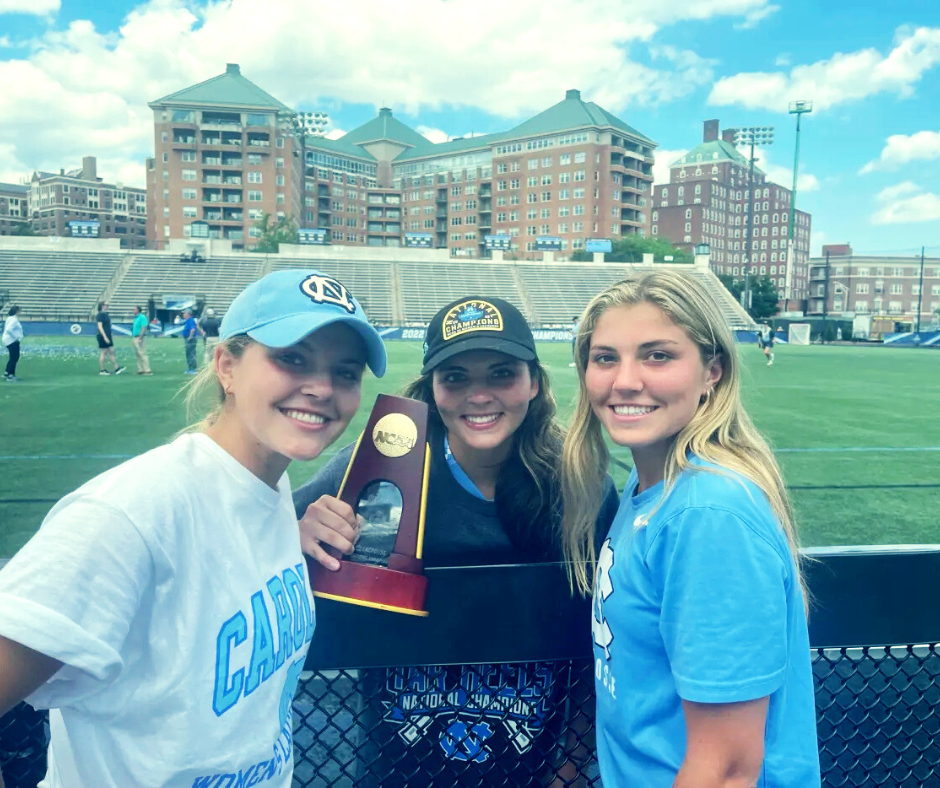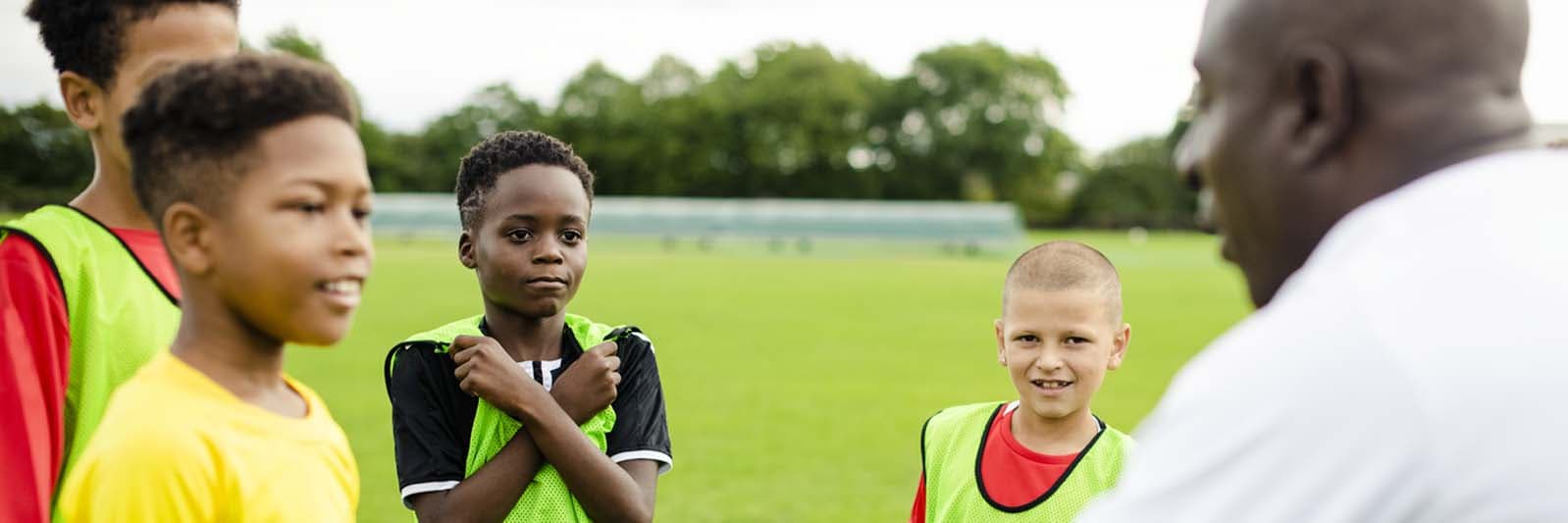
Raising Sisters in Sports and What the Humphrey Family Got Right
This weekend, the Humphrey sisters—Nicole, Ashley, and Chloe—will take the field together for North Carolina in the NCAA Women’s Lacrosse Final Four.
Their story has captured national attention. Three elite athletes. One team. Competing side by side for a shot at the national title. It’s rare. It’s remarkable. And for anyone who’s ever raised daughters in sports—it hits something deeper.
Because getting one child to this level is hard. Getting three? Nearly impossible. But doing it in a way that allows each of them to grow, to stay close, and to still want to do it together? That’s something else entirely.
What the Humphreys Show Us
Watching the Humphrey sisters now—one a redshirt freshman leading the team in goals, one the NCAA’s all-time assist leader, and one returning from injury to give her team a spark—you see what’s possible when you get it (mostly) right.
Not perfect. But right enough.
Because getting all your kids to thrive in the same environment takes something more than talent or toughness. It takes emotional intelligence, patience, and the willingness to let each child grow at their own pace—even if they’re all wearing the same jersey.
How the Humphreys Were Raised
You don’t end up with three sisters in the Final Four by accident. The Humphreys grew up in Darien, Connecticut, in a house where competition wasn’t just encouraged—it was inevitable. Their mom played lacrosse at Dartmouth. Their dad played basketball at Middlebury and still holds the school’s all-time scoring record. The athletic genes were there, but so was the environment. The kind where the living room doubled as a passing lane. Where broken furniture wasn’t unusual. Where the backyard goal got so much use that their mom now refers to the property as a “graveyard of lacrosse balls.”
It wasn’t about creating champions—it was about creating opportunity. Space to compete. Room to get loud. Time to figure it out. And somehow, through all that chaos, they raised three daughters who didn’t just get good—but still want to do it together. That might be the most impressive part of all.
The Parenting Work No One Sees
Behind every sibling success story is the work no one claps for:
Learning to coach each child differently—even when you’re showing up the same way for all of them.
-
-
Letting one take the spotlight without dimming the others—or pretending it doesn’t hurt when the light doesn’t reach them all.
-
Helping them be teammates, but also making space for them to be sisters first.
-
Fighting the urge to compare—out loud or in your own head—because the hardest part isn’t what others say. It’s what sneaks into your own thoughts when no one’s watching.
-
Reminding yourself that fairness doesn’t mean sameness. And love doesn’t always look equal on paper—but they have to feel it in their bones.
-
It’s not about being the perfect parent or the perfect coach.
It’s about creating a space where your kids can be fully themselves—and still love being around each other when the game ends.
The Reality of Raising Athletic Sisters
There’s no playbook for raising multiple athletes. Especially when they’re all girls. Especially when they’re close in age. Especially when they’re all chasing something big.
Even when they aren’t on the same team—or even playing the same sport—they’re still being compared. By coaches. By teammates. Sometimes by each other. And, if I’m being honest, sometimes by me.
My kids each needed something different. One needed to be pushed harder. Another needed to find her fire. One needed time and space to step into her own kind of strength. And I had to keep adjusting—over and over again.
What I’ve learned is this: parenting sisters in sports forces you to let go of expectations, of balance, of control. It asks you to meet each child where they are, even when you’re stretched thin trying to be fair. And when it works—when they can all thrive in their own lane—it’s one of the most rewarding, humbling things you’ll ever get to be a part of.
This weekend, the Humphrey sisters have a chance to make history—not just as athletes, but as a family rewriting what’s possible. The revenge tour is real, and they’re leading it—together, of course.











